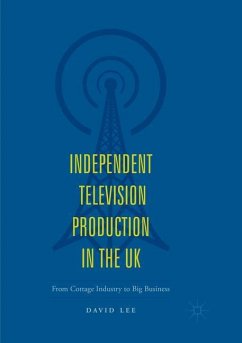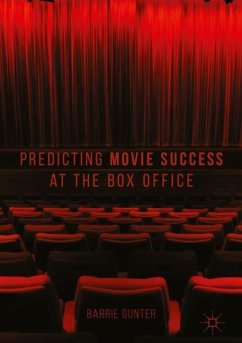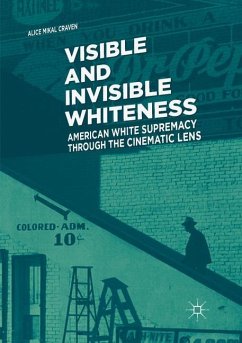
Storytelling Industries
Narrative Production in the 21st Century
Versandkostenfrei!
Versandfertig in 6-10 Tagen
68,99 €
inkl. MwSt.
Weitere Ausgaben:

PAYBACK Punkte
34 °P sammeln!
This book shows how the unique characteristics of traditionally differentiated media continue to determine narrative despite the recent digital convergence of media technologies. The author argues that media are now each largely defined by distinctive industrial practices that continue to preserve their identities and condition narrative production. Furthermore, the book demonstrates how a given medium's variability in institutional and technological contexts influences diverse approaches to storytelling. By connecting US film, television, comic book and video game industries to their popular ...
This book shows how the unique characteristics of traditionally differentiated media continue to determine narrative despite the recent digital convergence of media technologies. The author argues that media are now each largely defined by distinctive industrial practices that continue to preserve their identities and condition narrative production. Furthermore, the book demonstrates how a given medium's variability in institutional and technological contexts influences diverse approaches to storytelling. By connecting US film, television, comic book and video game industries to their popular fictional characters and universes; including Star Wars, Batman, Game of Thrones and Grand Theft Auto; the book identifies how differences in industrial practice between media inform narrative production. This book is a must read for students and scholars interested in transmedia storytelling.














